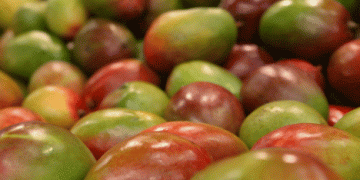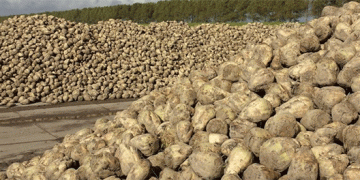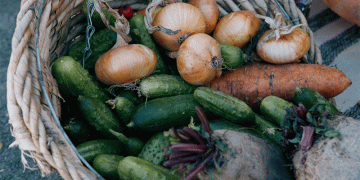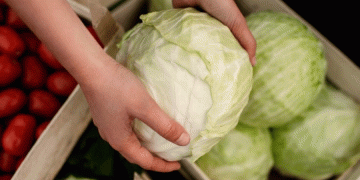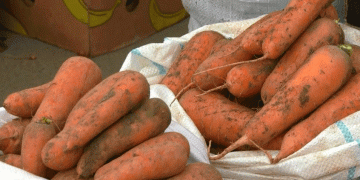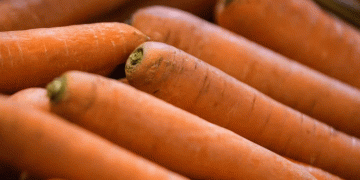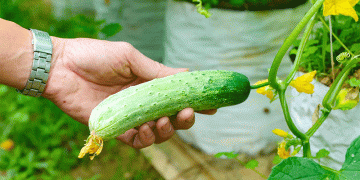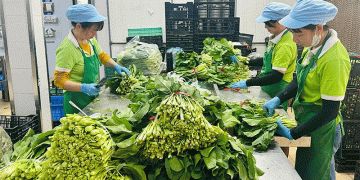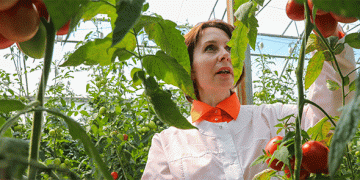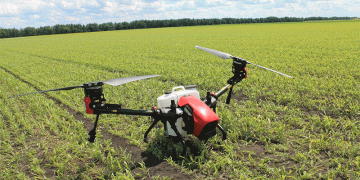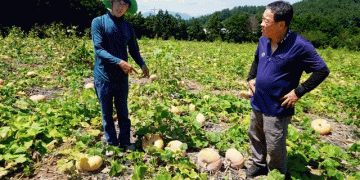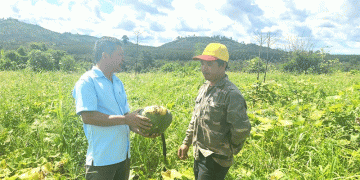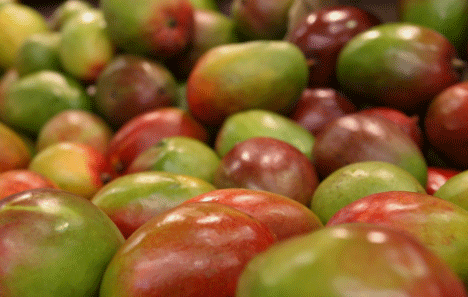Brazil stands as a global powerhouse in fruit production, yet its export figures do not reflect this strength. In 2024, the country exported over 1 million tons of fruit, generating revenues exceeding US$1.287 billion—a 3% increase in value despite a slight 0.85% decline in volume compared to 2023.
However, this positions Brazil only 23rd among global fruit exporters, highlighting a significant disparity between production capacity and export performance.
Several factors contribute to this gap. One primary issue is the limited number of bilateral agreements facilitating fruit exports. Waldir Promicia, founder and director of the Brazilian Fruit Association (Abrafrutas), emphasizes the need for streamlined regulations and reduced bureaucracy to access new markets effectively.
Additionally, labor shortages and logistical challenges, such as port delays, hinder the growth of exports.
Despite these challenges, certain fruits have shown remarkable export performance. Mangoes, for instance, led Brazil’s export surge in 2024, with shipments totaling 258,000 tons and revenues surpassing US$348 million—a 12.14% increase in value from the previous year.
Similarly, melons and citrus fruits have experienced growth, reflecting rising global demand for Brazilian tropical produce.
To bridge the gap between production and exports, Brazil must adopt a multifaceted strategy:
- Enhancing Trade Negotiations: Proactive engagement in international trade discussions is essential. The recent finalization of the EU-Mercosur free trade agreement, which aims to reduce tariffs and open markets, presents an opportunity for Brazil to expand its fruit exports to European countries.
Investing in Infrastructure: Addressing logistical bottlenecks, particularly in port operations, can reduce delays and improve the efficiency of export processes.
- Simplifying Certification Processes: Streamlining international certification requirements can make it more feasible for producers to enter foreign markets, thereby increasing export volumes.
- Diversifying Export Markets: While the European Union and the United States remain primary destinations, exploring emerging markets in Asia and the Middle East can reduce dependency on traditional buyers and open new revenue streams.
Brazil’s potential in the global fruit export market remains largely untapped. By addressing regulatory, logistical, and market access challenges, the country can better align its export performance with its production capabilities, thereby strengthening its position in the international fruit trade.
